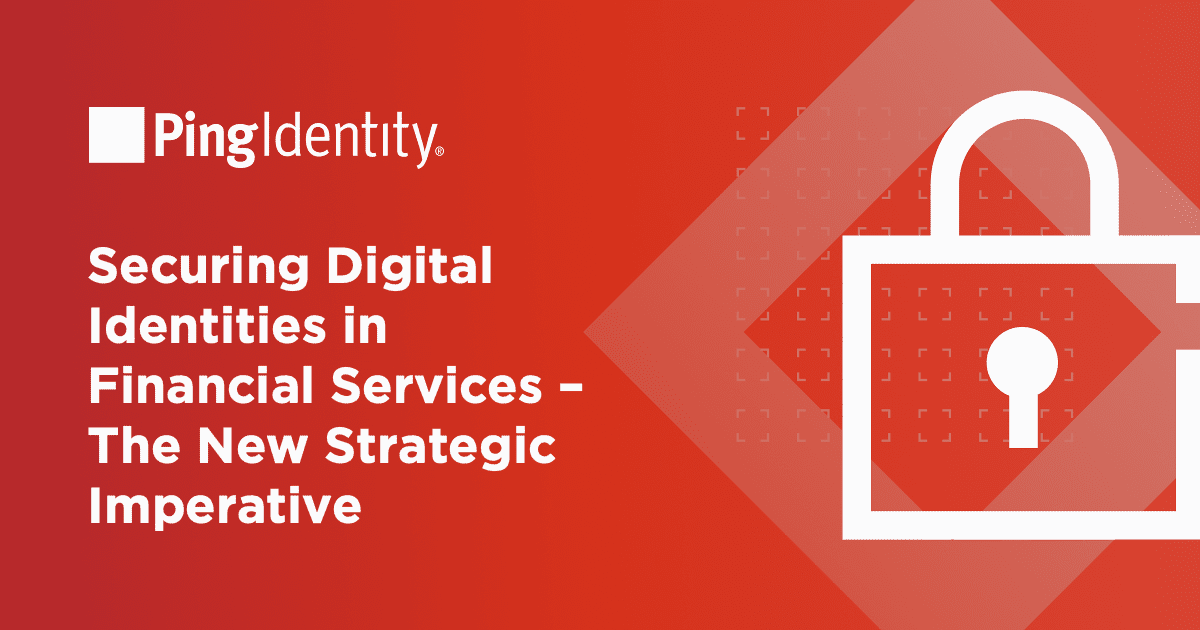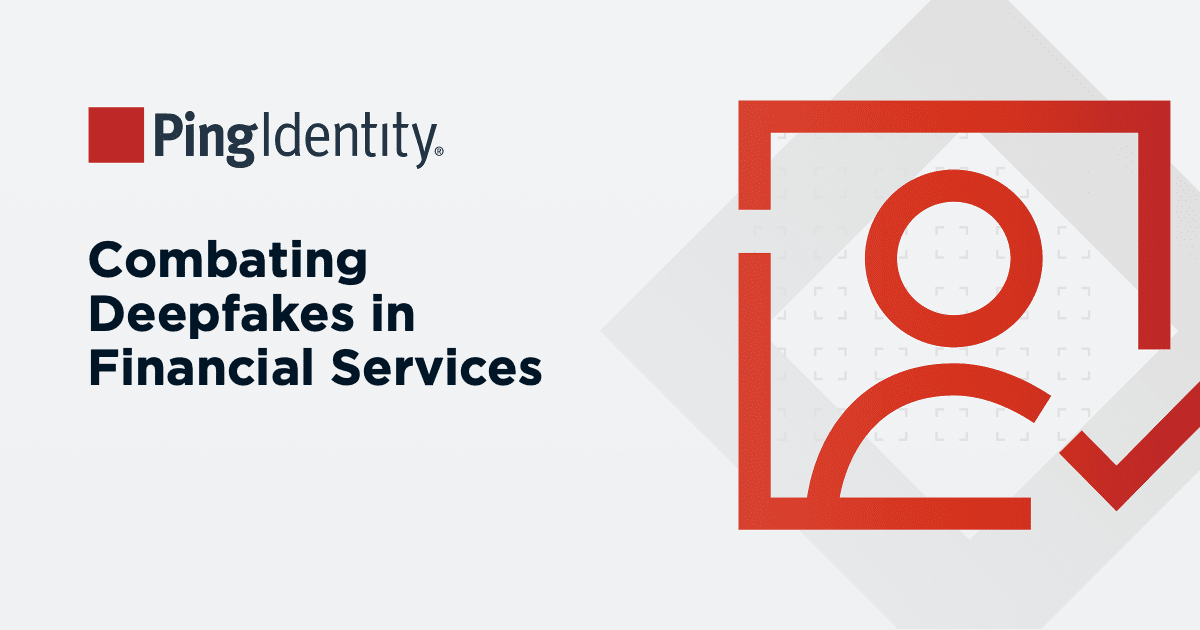CIAM elevates the customer experience (CX) by simultaneously reducing friction and building trust. Our 2024 Consumer Survey found that “security” (78%) and “ease of use” (76%) were the most important aspects of interacting with brands online, highlighting the importance of delivering both secure and seamless journeys.
Reduce Friction
With CIAM, you no longer need to push every customer through the same rigid authentication processes when they visit your site.
For example, if they’re registering for the first time, you don’t need to ask them to enter all their personal data immediately, you could just ask them to provide their email address and set a password, minimizing friction until they’re ready to make a purchase. When they decide to place their first order, then you can ask them for their address, payment details, and any other necessary information. At any given point in their journey, you’re only asking them for the information you actually need, so they can focus on their shopping experience, rather than filling in forms.
Similarly, when an existing customer wants to log into your site, you can make smarter decisions about how many authentication hoops you should make them jump through. For example, if they logged in successfully an hour ago on the same PC with the same IP address, and their mouse movements and typing patterns are the same as they were before, you might decide they don’t need to enter their password again. Modern CIAM systems allow businesses to fully configure the level of security required, and to specify the signals they monitor to achieve secure authentication.
Essentially, CIAM allows you to adjust the level of friction in your authentication experience appropriately so customers don’t feel they’re being bothered unnecessarily.
Build Trust
When we talk about adjusting friction, the key word is “appropriately.” Zero friction is rarely the right answer from a security perspective, and it’s not always what customers want, either.
For example, imagine you get a login request that seems to be coming from an existing customer, but the IP address shows that they are in a different country and using an unknown device. In that case, you might decide to send a MFA request to make sure the customer is who they say they are.
Let’s say the request does come from a genuine customer. Perhaps they’re traveling overseas, and they’ve borrowed a friend’s device because their own smartphone won’t connect to the local network. In this situation, receiving an additional security challenge doesn’t feel like unnecessary friction. It’s actually reassuring for the customer because it shows them you’re taking their account security seriously.
Only asking for the authentication you need, and always asking for authentication when you need it can prove to customers that the friction added to the experience is necessary, and you’ll find it much easier to win their trust.


